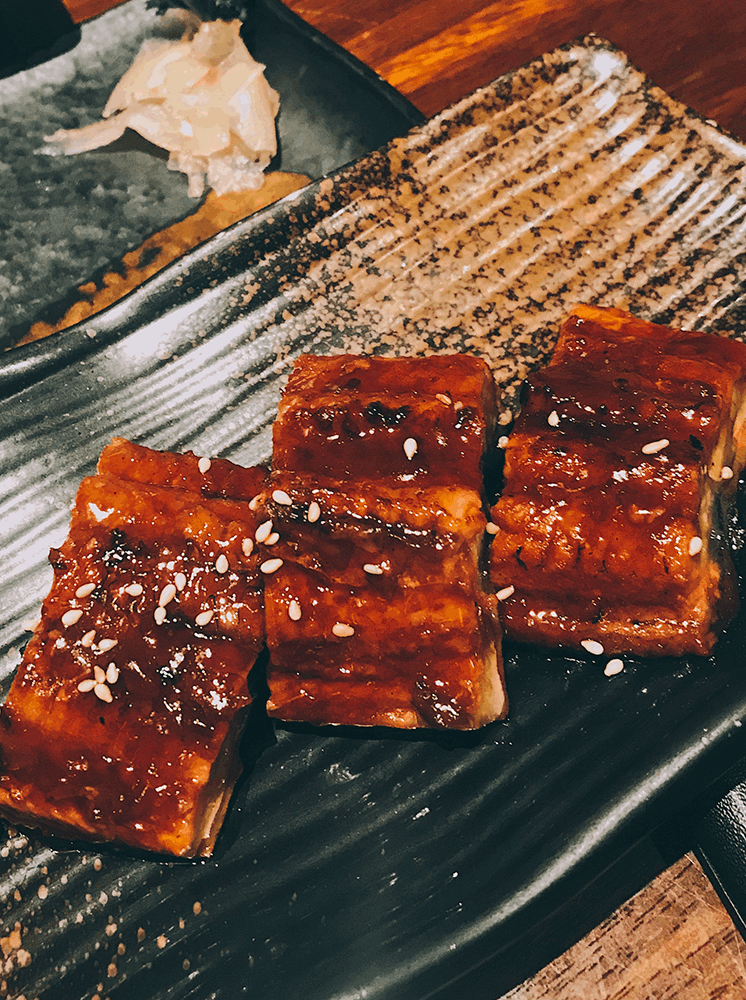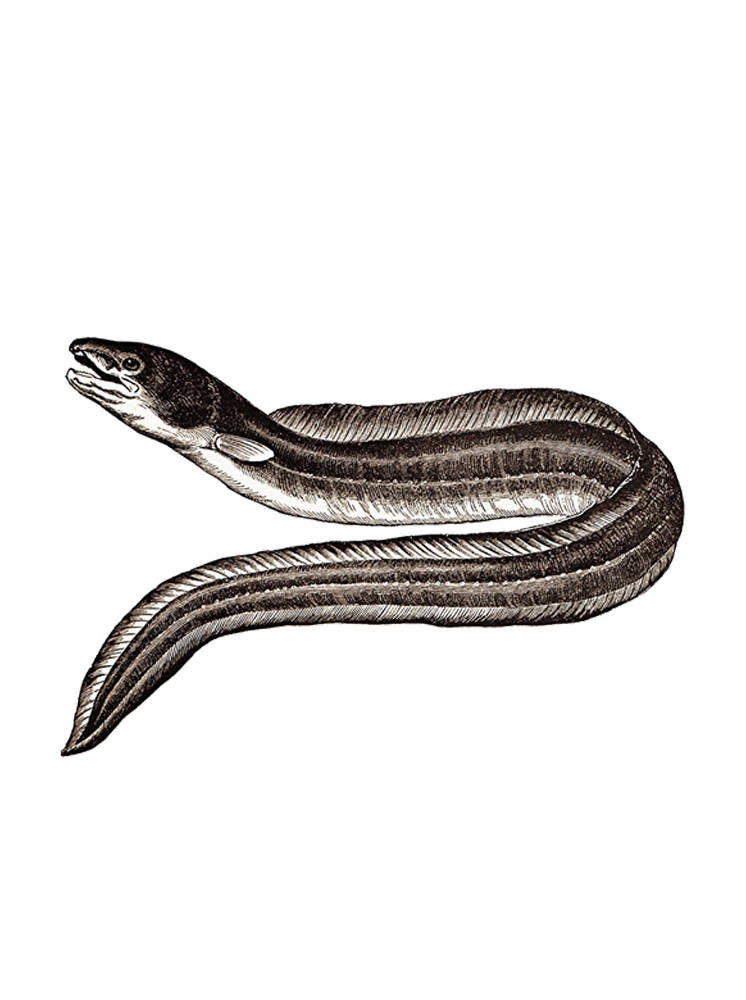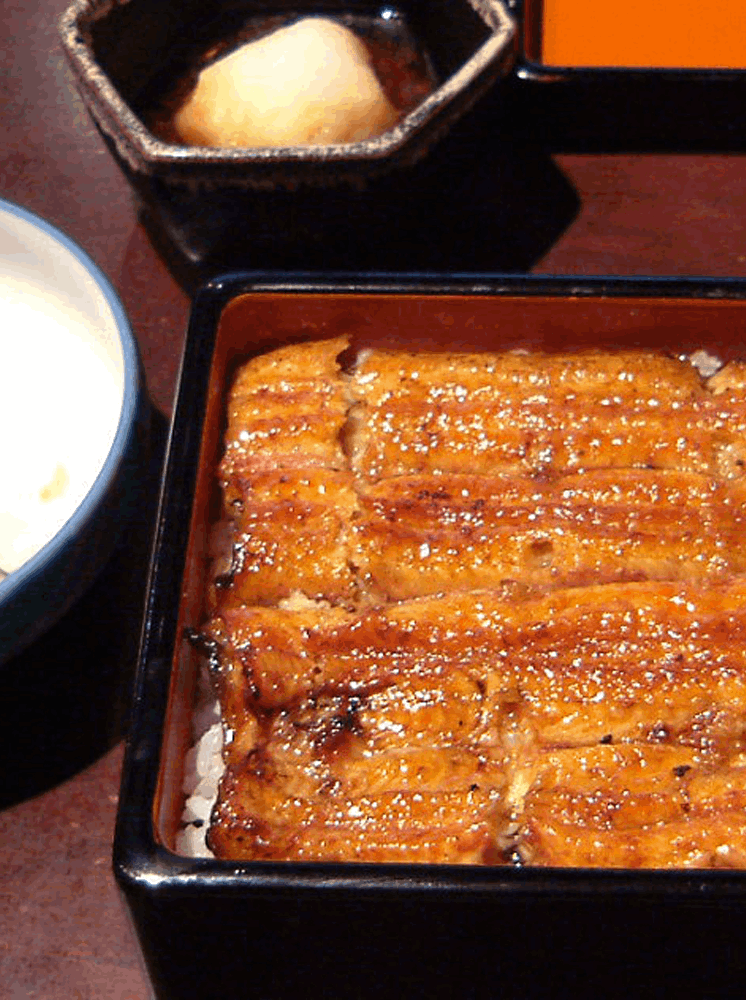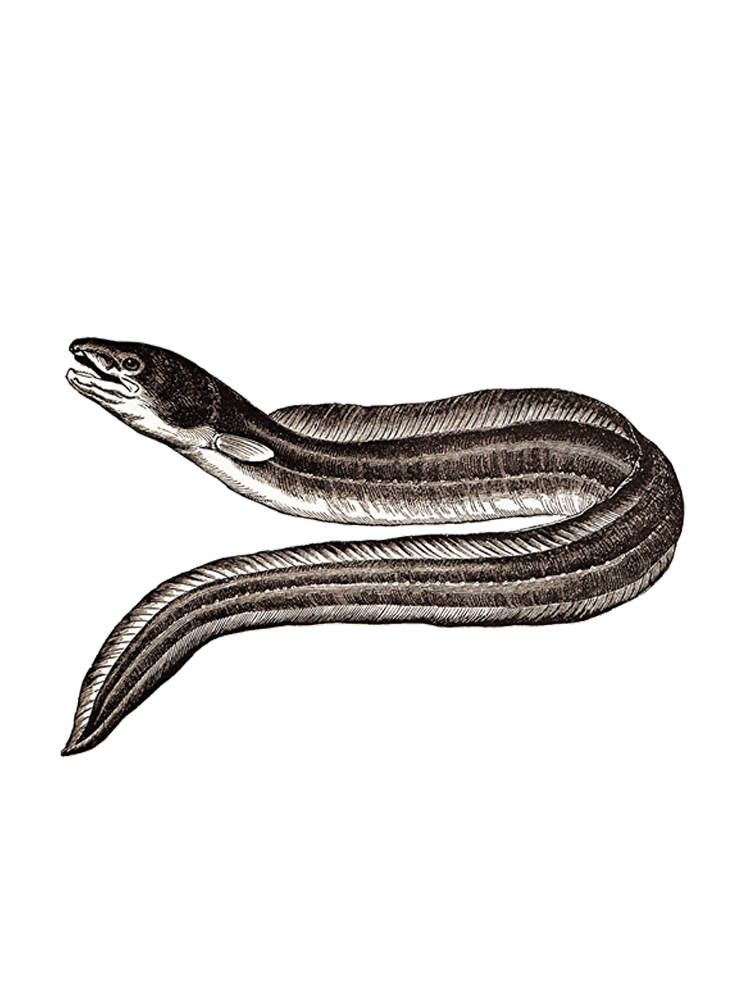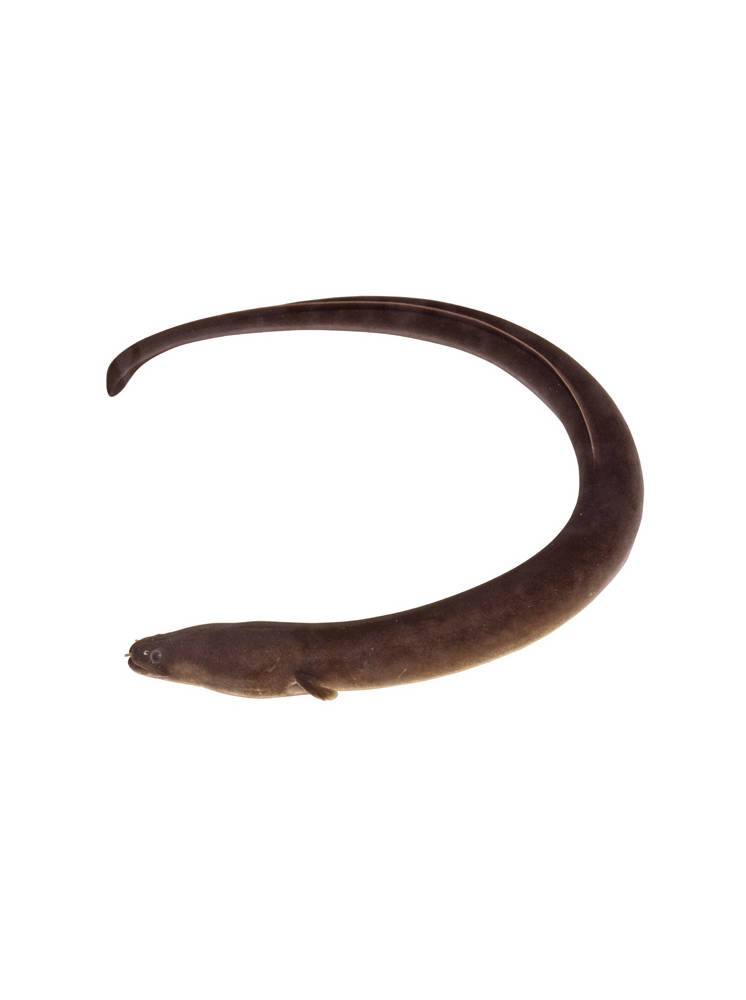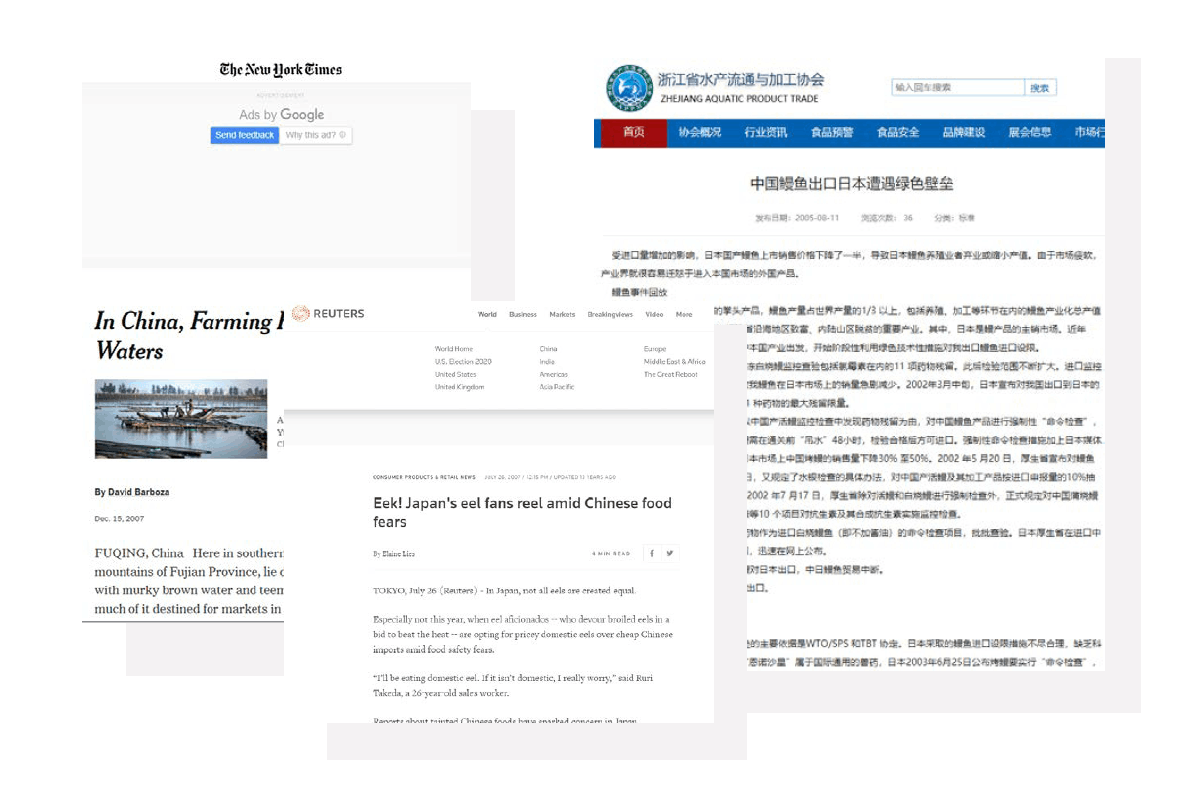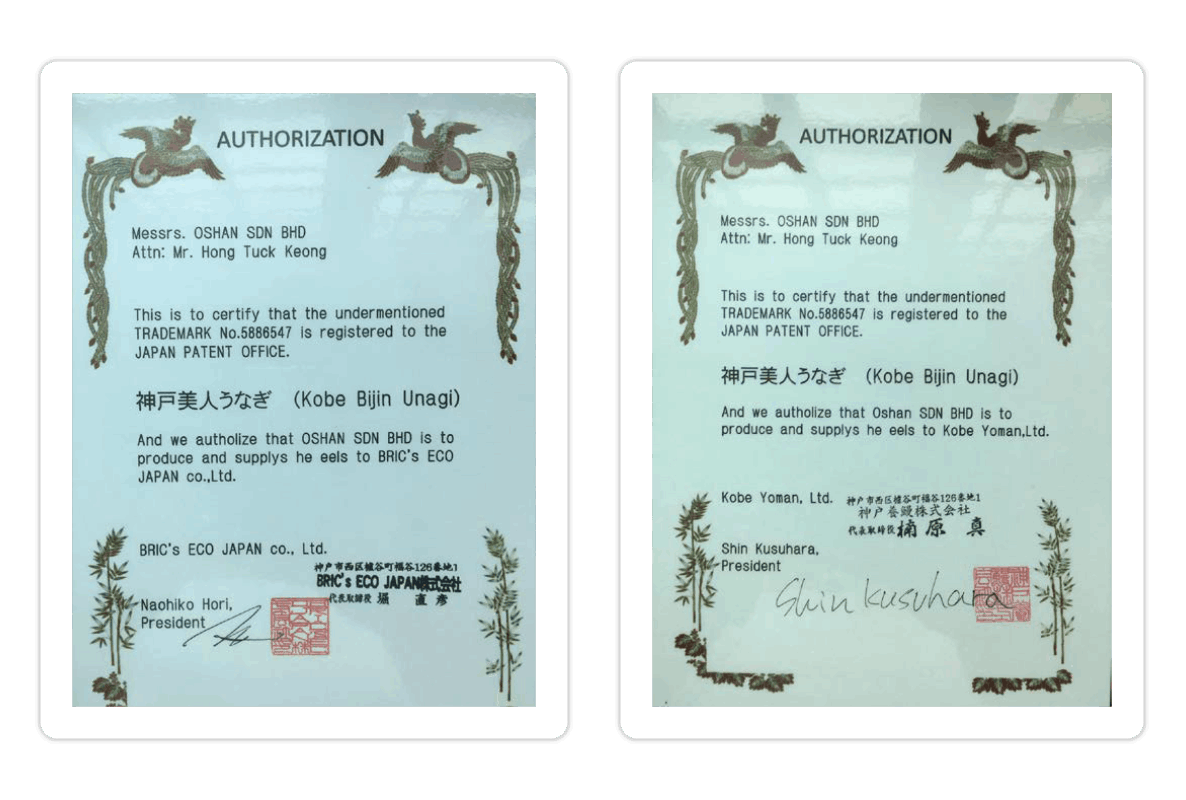
Why Unagi -
Huge demand
The eel farmers of China are the biggest producers world wide, many of the farms are in Guangdong province; a large proportion are live export or as kabayaki to Japan. With an annual demand of 130 000 tons, Japan constitutes the most dominant eel market in the world; its own production (mainly from aquaculture) is insufficient to cover the demand. The difference is mainly imported from China, Taiwan Province of China, the Republic of Korea.
